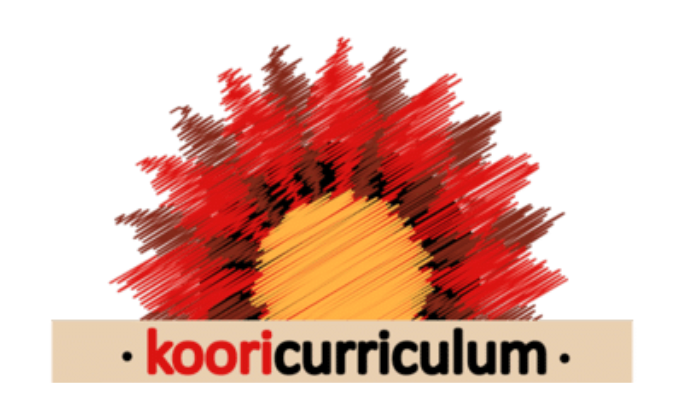I want to discuss the sensitive topic of face painting and whether educators should be using Aboriginal symbols on children's faces.
Before incorporating any Aboriginal cultural elements into our programmes, it's crucial to revisit our motivations. Is it a tokenistic gesture to tick a box, or do we genuinely understand the significance of what we're doing and the desired outcomes?
When people dress up in another nationality's traditional attire, such as a geisha, Native American, or Aboriginal costume, and include face painting with spiritual symbols, it can veer into cultural appropriation.
The painting of Aboriginal symbols on the skin holds deep spiritual significance and is part of cultural practices and sharing. It's not merely a form of decoration or makeup.
Some points to consider:
- Understand the difference between cultural appropriation and cultural appreciation
- Aboriginal symbols and the colours used in face painting have diverse meanings across different Aboriginal nations
- White ochre can symbolise a children's colour in some communities, while in others, it's worn during sorry business or times of unrest
- Symbols vary for men, women, boys and girls, so consider cultural protocols and avoid assumptions
- If an Aboriginal Elder or community member offers to paint children's faces, consult with families to ensure respect for all
- For fun dress-up days, painting the Aboriginal flag on faces may be more appropriate than using sacred symbols
- Be mindful of where ochres are sourced and seek permission if collecting from Country
Ultimately, our role as educators is to appreciate and respect Aboriginal cultures, not appropriate them. If we are unsure about the appropriateness of an activity, it's best to err on the side of caution and consult with local Aboriginal Elders and families.
Some key roles related to Aboriginal education and cultural sharing include:
- Language Custodian: A recognised authority on an Aboriginal language who can provide permissions and guidance on using the language respectfully.
- Cultural Consultant: An Aboriginal person who advises on culturally appropriate practices, protocols, and perspectives to inform curriculums and learning experiences.
- Traditional Knowledge Holder: An Elder or community member who possesses specialised knowledge of cultural traditions, stories, art, or other practices, and can share this with educators and students.
- Community Liaison: Acts as a bridge between the Aboriginal community and educational institutions to facilitate communication, consultation, and partnerships.
For more information, access our
'Top Questions Answered' pre-recorded webinar




